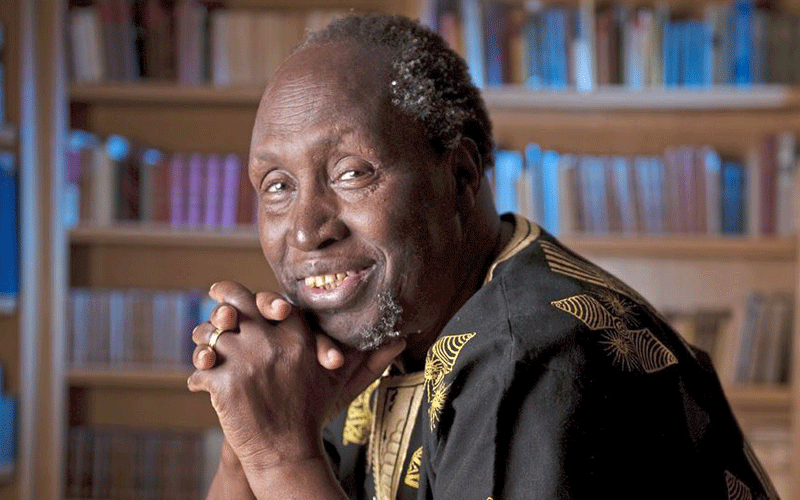Disdaining structure may hobble Gen Z agitation

The Gen Z protests, often described as leaderless, tribeless, and structureless, have significantly impacted the political class and the nation’s governance.
They have compelled the political elite to reexamine their methods and consider the needs of the people they serve.
Immediately after the elections, the period was filled with hubris, chest-thumping, and sometimes bad manners by leading political players.
You sensed this in how those who won at the polls treated their losing opponents or even members of the public.
This backdrop led some to consider the nation-state as an enterprise with specific shareholders, the import of which meant that those who, democratically, were deemed not to have voted for the victors had no right to access services.
The hubris continued as those in power lorded it over the nation. It gave new meaning to the title “It is our time to eat”. Gen Z has listed many of these points of disappointment, and the general population agreed. Many in government have tended to act cleverly rather than with honesty and sincerity.
These protests, riding on the back of previous agitations, are not just a momentary outcry. They testify to the unwavering resilience and determination of Kenyans in securing and strengthening their democracy over the years, a fact that should make every Kenyan proud and inspired.
Kenya has a long history of struggle for political space. The history is rooted in the heroics of Mau Mau and subsequent agitations, including by the clergy, journalists, politicians, and student leaders.
The current spate of protests may miss this point. The democratic space that allows the protests to take place is a product of many years of painstaking agitation for which many were detained, limbs lost, blood was shed, and lives lost.
In 1992, mothers of detainees spent long periods of agitation at the All Saints Cathedral demanding the release of their sons who had been incarcerated for agitating for the opening up of the political space. The current protest may be viewed as a continuation of this tradition.
The gains have been incremental. The fight for press freedom was mounted in the streets and courts, and the battle for freedom of association was similarly fought on many fronts, including the pulpit. Had there been no victories in the past, the current agitation would most likely not have some shoulders on which to stand.
Like now, leaders of past agitation were youthful. The current ones may be called Gen Z, but past ones had different names, including the monikers ‘bearded sisters’ and ‘young Turks’.
The current generation wants no association with the past and blames the past for the current situation. While they are right in many ways, it is worth recognising that some of their predecessors did not just sit by and watch. The picture of Rev Timothy Njoya writhing in pain is still in the archives.
The most challenging part is sustaining the ongoing movement, particularly when Gen Z disdains structure and rejects the past. Asking hard questions may be necessary. Is it true that the Gen Z movement is leaderless and lacks any structured organisation, as has been claimed?
That assumption may be debunked by the recent music concert the movement hosted at Uhuru Park in Nairobi, which displayed good organisational acumen. Somebody must have put the programme together, invited the artists, and secured the sound system, among other considerations. That is the function of leadership and management.
This movement must be situated in context. This will enable it to harness its gains and plan its next moves. It cannot be in a vacuum.
— The writer is the Dean of Daystar
University’s School of Communication















